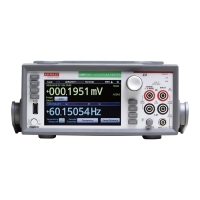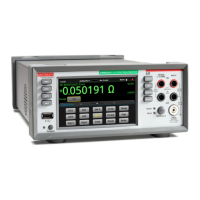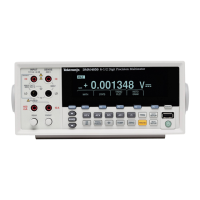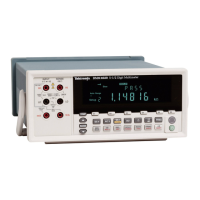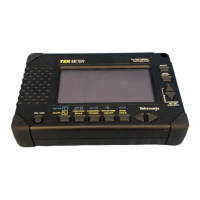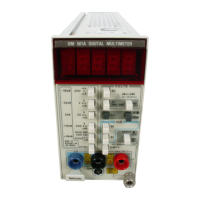TAS 200 Series Specifications
2
Handheld and Benchtop Instruments Basic Service
Specifications
The characteristics listed in this section apply under the following conditions:
The instrument operates in a 0° to 40° C ambient environment unless
otherwise noted.
The instrument warms up for at least 20 minutes.
The instrument is adjusted at an ambient temperature between
20° and 30° C.
NOTE. All specifications are warranted unless marked “typical.” Typical
characteristics are not guaranteed but are provided for the convenience of the
user.
NOTE. Input limits apply to signals with frequencies less than 1 kHz.
Table 1: Vertical Deflection Characteristics
Characteristic TAS 220 Description TAS 250 Description
Frequency Bandwidth (–3 dB) DC to 20 MHz
(5 mV/div to 5 V/div at 5° to 35° C)
DC to 50 MHz
(at 0° to 10° C and 35 to 40° C)
DC to 15 MHz DC to 40 MHz
(at 0° to 5° C and 35° to 40° C)
DC to 10 MHz
(1mV/div to 2 mV/div)
DC to 15 MHz
Vertical Gain (15° to 35° C) 5 mV/div to 5 V/div: ±3%
1 mV/div to 2 mV/div: ±5%
Variable Gain (Typical) To 1/2.5 or less of the readout indicated value.
Common Mode Rejection Ratio (Typical) 50 kHz: >50:1
10 MHz: >10:1
Input Impedance (Typical) 1M, 30 pF
Vertical Linearity (Typical) ±0.1 division or less of amplitude change when a waveform of two divisions at
graticule center is moved vertically.
DC Balance Shift (Typical) 5 mV/div to 5 V/div: ±0.5 divisions
1 mV/div to 2 mV/div: ±2.0 divisions
